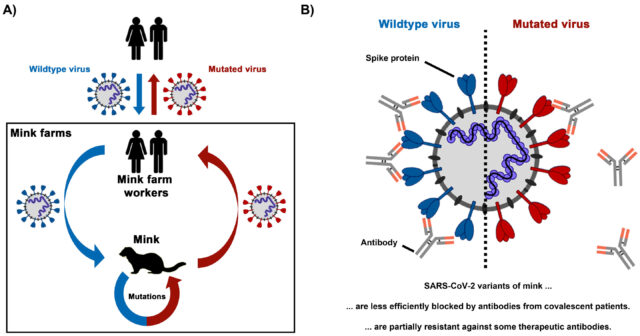New work from a Stanford University-led team of researchers including Carnegie's Arthur Grossman and Tingting Xiang unravels a longstanding mystery about the relationship between form and function in the genetic material of a diverse group of algae called dinoflagellates.
Their...
Researchers from La Trobe University have made a promising discovery that could pave the way to solving a costly and hazardous problem encountered by wastewater treatment plants the world over.
Associate Professor Steve Petrovski, who shared his finding in a...
One of the evolutionary disadvantages for mammals, relative to other vertebrates like fish and chickens, is the inability to regenerate sensory hair cells. The inner hair cells in our ears are responsible for transforming sound vibrations and gravitational forces...
Over the last 60 years, scientists have been able to observe how and when genetic information was replicated, determining the existence a “replication timing program,” a process that controls when and in what order segments of DNA replicate. However, scientists still...
Fentanyl, oxycodone, morphine -- these substances are familiar to many as a source of both pain relief and the cause of a painful epidemic of addiction and death.
Scientists have attempted for years to balance the potent pain-relieving properties of...
A long-awaited, high-tech analysis of the upper body of famed fossil "Little Foot" opens a window to a pivotal period when human ancestors diverged from apes, new USC research shows.
Little Foot's shoulder assembly proved key to interpreting an early...
It has been known for about a year that minks can become infected with SARS-CoV-2. The virus had been transmitted from humans to farmed mink and mutated in infected animals. Mutations were acquired in the spike protein, which is...
Handwashing is shaping communities of bacteria that live and grow in the plumbing of domestic sinks, scientists have found.
In the largest study of sink bacteria conducted outside of hospitals, scientists at the University of Reading discovered communities of similar...
The observation that most of the viruses that cause human disease come from other animals has led some researchers to attempt "zoonotic risk prediction" to second-guess the next virus to hit us. However, in an Essay publishing April 20th...
The "Great Oxygenation Event" (GOE), the process whereby the Earth's atmosphere was continuously enriched with oxygen, a waste product of photosynthesis, began ~2.43 billion years ago. The source, according to science, was photosynthesizing cyanobacteria. But why did this all-important...
New research published today in the Proceedings of the National Academy of Sciences (PNAS) shows that land use by human societies has reshaped ecology across most of Earth's land for at least 12,000 years. The research team, from over ten institutions...


















